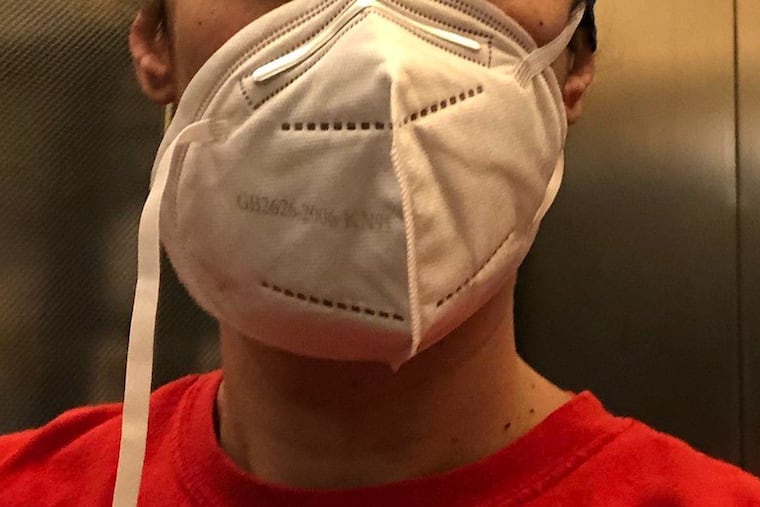70% of imported KN95 masks fail U.S. filtration standards, study finds
For the study, researchers looked at nearly 200 KN95 masks from 15 manufacturers, including models purchased by some of the country’s largest health systems.

For the study, researchers looked at nearly 200 KN95 masks from 15 manufacturers, including models purchased by some of the country’s largest health systems.
